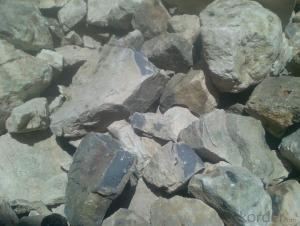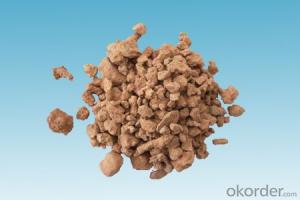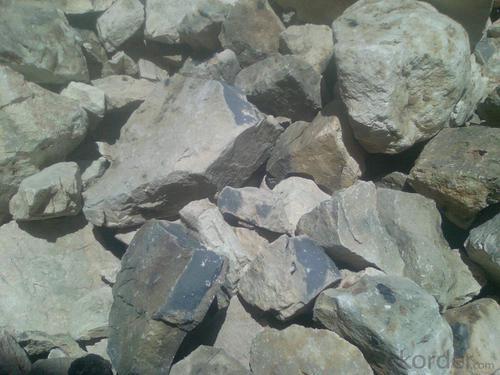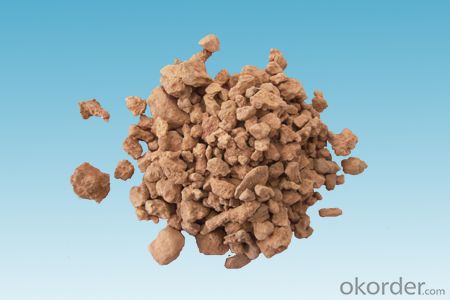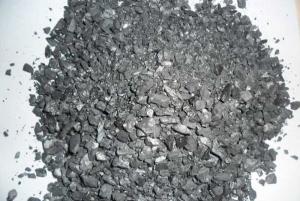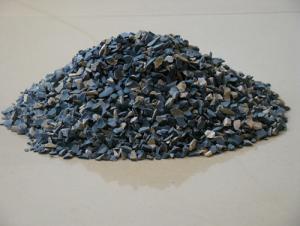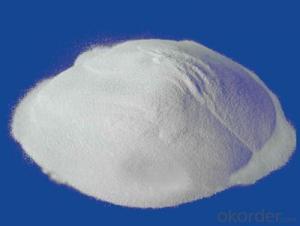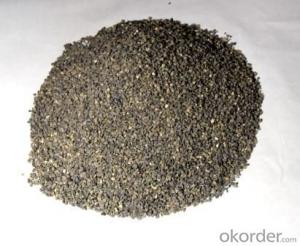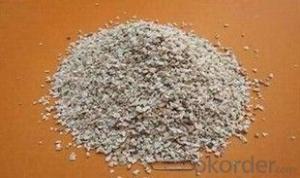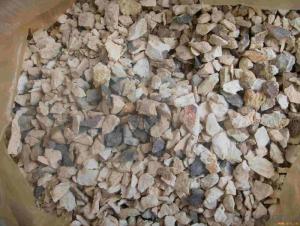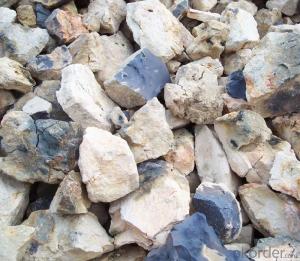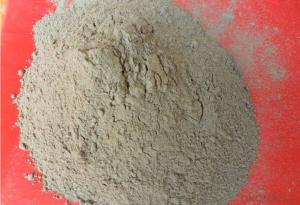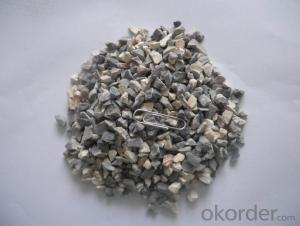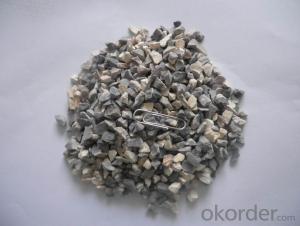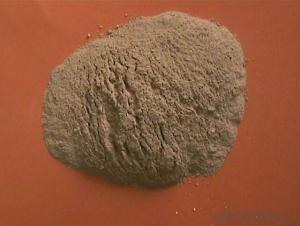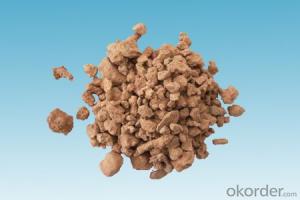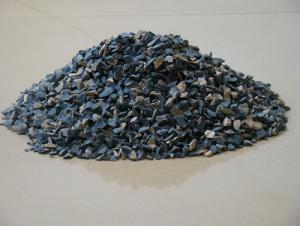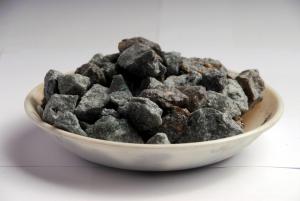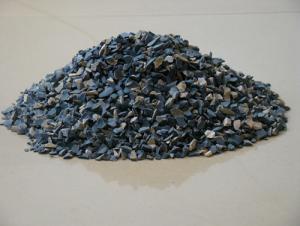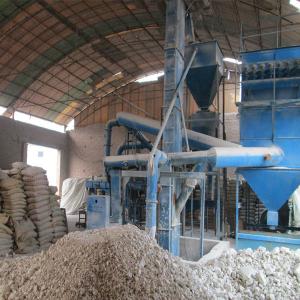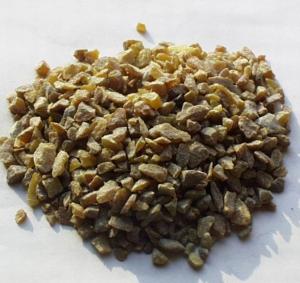Raw Materials for Refractory:High Temperature Calcined Bauxite / Furnace Bauxite by CNBM China
- Loading Port:
- Tianjin
- Payment Terms:
- TT OR LC
- Min Order Qty:
- 11 m.t.
- Supply Capability:
- 10000000 m.t./month
OKorder Service Pledge
OKorder Financial Service
You Might Also Like
1.Structure of Calcined Bauxite Description
Bauxite (aluminous soil; Bauxite) is also called the alumina or bauxite, main ingredients are alumina, hydrated alumina containing impurities, is an earthy mineral. White or gray, brown and yellow or light red by iron. From 4 to 3.9 g/cm3 density, hardness, 1 ~ 3 is not transparent, very brittle. Very difficult to melt. Insoluble in water, soluble in sulfuric acid, sodium hydroxide solution. Mainly used for aluminium, refractory material.
2.Main Features of the Calcined Bauxite
Calcined bauxite is one of the principal ore of aluminum. Calcined bauxite contains hydrous aluminum oxides and aluminum
hydroxides, formed through the laterization of aluminous rocks in tropical and subtropical areas .Calcined bauxite is obtained by calcining (heating)superior grade bauxite at high temperature (from 85OC to 1600C) .This removes moisture there. By increasing the alumina content,compared to an alumina content of about 57%to 58% in raw bauxite, calcined bauxite has an alumina content of 84%to88%.The heating is carried out in rotary kilns.
3.Main usage of the Calcined Bauxite
(1) aluminium industry. Used in national defense, aerospace, automotive, electronics, chemical industry, daily necessities, etc.
(2) precision casting. Alumina clinker made after the mould precision casting processed into fine powder. Used in military industry, aerospace, communications, instrumentation, machinery and medical equipment department.
(3) is used for refractory products. High bauxite clinker refractoriness is as high as 1780, chemical stability strong, and good physical properties.
(4) aluminum silicate refractory fiber. With light weight, high temperature resistance, good thermal stability, low thermal conductivity, heat capacity is small and the advantages of resistance to mechanical shock. Used in iron and steel, nonferrous metallurgy, electronics, petroleum, chemical, aerospace, atomic energy, defense and other industries.
(5) in magnesia and bauxite clinker as raw materials, add the appropriate binder, used for pouring ladle whole ladle lining has particularly good effects.
(6) manufacture alumina cement, abrasive materials, ceramic industry and chemical industry can be aluminum of various compound.
4. Calcined Bauxite Images
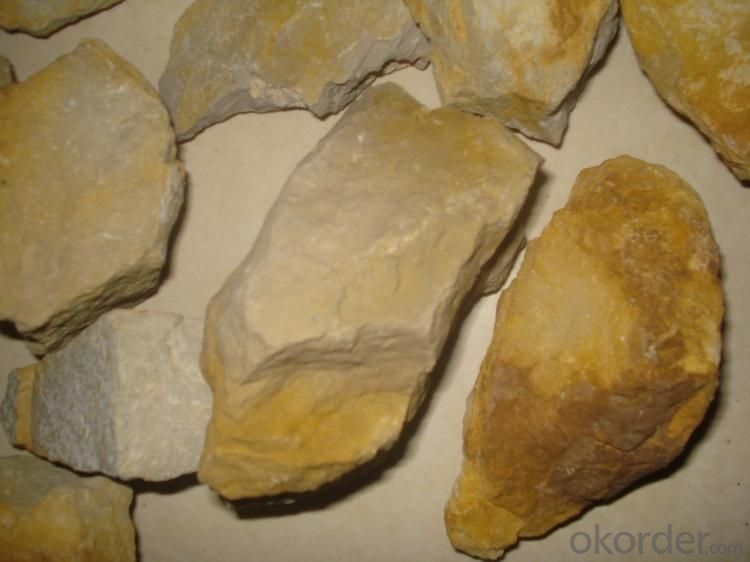
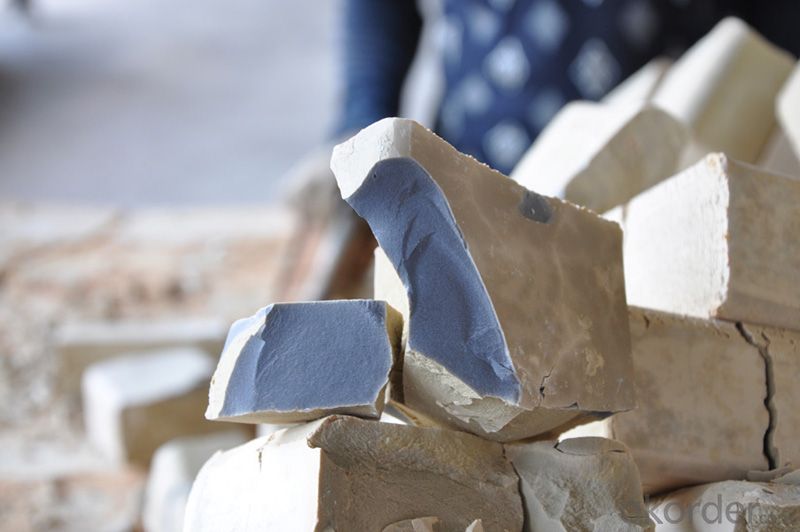
5. Calcined Bauxite Specification
1.)furnace bauxite price
2.)working temperature:1500-1700degree
3.)furnace coke brick
4.)ISO9001
6.FAQ of Calcined Bauxite
1). Q: Are you a factory or trading company?
A: We are a factory.
2). Q: Where is your factory located? How can I visit there?
A: Our factory is located in ShanXi, HeNan, China. You are warmly welcomed to visit us!
3). Q: How can I get some samples?
A: Please connect me for samples
4). Q: Can the price be cheaper?
A: Of course, you will be offered a good discount for big amount.
- Q: What are the fire endurance requirements of class A fire resistant door ?
- Hardwares are professional fire resistant lock, fireproof?door closer, fire hinge, handle, latch and sequencer, and they can also be configured according to user needs. Fire resistant time of class A and B fire resitant door is 12h and 09h respectively. It can also be customized according to customer needs into a variety of non-standard specifications. Steel fire door is developed in accordance with the national standard GB12955-2008, and in line with ISO3008, BS476 standards. Requirement: fire endurance should meet the A,B and C fireproof requirements respectively. You can also choose to install hold-open door device to leep the door leaf usually in open. Doorframe and door leaf is made up of imported or domestic quality electrolytic steel plate, electro galvanized steel plate or stainless?steel plate, filled with quality expanded perlite fireproof?panel which can withstand high temperature above 1200 ℃. The surface is processd with electrostatic spraying plastics, and auxiliaries are stainless steel fire resistant lock (or pipe shaft lock ) , galvanization for steel (or stainless?steel) fire hinge, domestic(or imported) door?closer.
- Q: How much is refractory spraying coatings?
- This depends on whether you use the thin coatin or thick coating. Then it depends whether you use an aqueous coating or oily one. Usually thick aqueous coating is 2-3 dollars per kilogram. While the thin is six or seven dollars per kilogram. The oily coating is more than ten dollars. The prices obtained from the Internet is for reference only.
- Q: Is refractory material harmful to human body?
- The risk of mineral wool and glass fiber have cancer!
- Q: how to use boiler fireclay
- Boiler refractory, diluted with water to touch the places where needed, can be used after high temperature baking.
- Q: How long is the fire-fighting time of A class fire resisting window?
- Fire resisting window' duration of fire resistance: A class window, fire insulation ≥1.50h and fire resistance integrity ≥1.50h. Fire resisting window can be divided into three kinds: 一. window frame and sash framework adopt fire resisting window with steel manufacture ; 二. window frame and sash framework adopt fire resisting window with wooden manufacture; 三. window frame adopt steel and sash adopt wooden material or window frame adopt wooden material and sash framework adopt fire resisting window with steel material.
- Q: which kind of fire?bulkhead is better?
- I think fire bulkhead is good, fire bulkhead also known as non-combustible fire retardance board, and it's made by various incombustible?material after the scientific pressing, and has good flame resisting properties, it's non-combustible time can reach over 3 hours, high mechanical strength,it has characteristics of non-explosive, water and oil resistance, good chemical corrosion resistance and non-toxic.
- Q: what is the original materials of fireproof coating?
- Fire retardant coating is composed of the base materials (that is film forming substance), pigments, ordinary coating additives, fire retardant agent and dispersion medium. In addition to fire retardant agent, other components functions the same as in ordinary coating, but its performance and thickness are specifically required. Some solvent-based fire retardant coating can burn upon encountering fire before construction.In fact,It is the flammable solvent contained in the coating that is burning while substances such as the base materials and fire retardant agent does not burn. Because solvent-based fireproof coating contains organic solvent and these fire-resistant coating, once leaked from the bucket, are likely to cause a fire. Fireproof coating on the substrate can insulate heat only after the solvent contained evaporates compeletly.
- Q: What is refractory cement?
- Refractory cement is also known as aluminate cement, whose major mineral are monocalcium aluminate (CaO · Al2O3, abbreviated CA) and other aluminate as well as a small amount of dicalcium silicate (2CaO · SiO2), etc. The advantage is that it is easy to use, able to harden if mixed with added water without other binding agent usually. Refractory aggregate and powder can be added into it. If you use refractory cement purely, it will produce a lot of cracks after high temperature.
- Q: What are the refractories for converter?
- Magnesia carbon material with large surface repair vessel, in addition to supporting the use of magnesia and magnesia cement.
- Q: What are the advantages of refractory material?
- Jingute WHL type, GDS type
Send your message to us
Raw Materials for Refractory:High Temperature Calcined Bauxite / Furnace Bauxite by CNBM China
- Loading Port:
- Tianjin
- Payment Terms:
- TT OR LC
- Min Order Qty:
- 11 m.t.
- Supply Capability:
- 10000000 m.t./month
OKorder Service Pledge
OKorder Financial Service
Similar products
Hot products
Hot Searches
Related keywords

